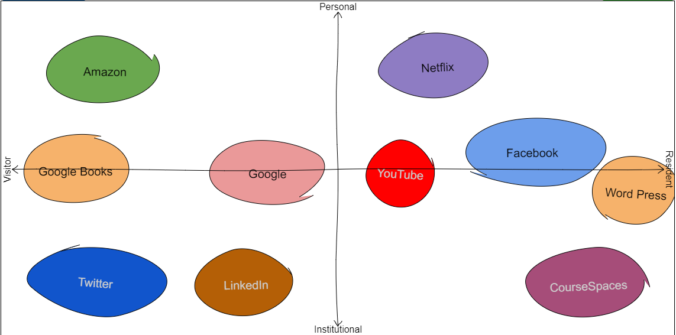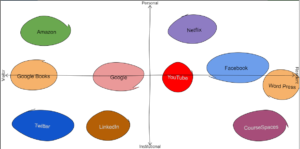As an avid user of social media, I would say that social media both foster and challenge community-based communications. Social media can foster community-based communications because social media has the ability to put together the members of community in online space. For instance, Mike Russell said that there is a subreddit for people living in Canada (Miller, 2020b). This subreddit allows Canadians to interact with one another and in the case of Russell, since the redditors know that he is a cop, the redditors ask him various question in relation to his job. In this case, Russell brings the community of Canadian redditors closer to the police. This kind of communication rarely happens in face to face because when people see cops, they have the tendency to get intimidated. Nevertheless, social media could also challenge community-based communications simply because miscommunication and misinformation are rampant in social media. Kermer explained that one of the challenges of the online space is that your manner of writing is different from your manner of speaking (Miller, 2020b). This means that whenever one communicates online, there is no way of knowing if the community properly received his/her message. Indeed, social media both foster and challenge community-based communication.
To reduce miscommunication, it would be better if one would always make it a point to be polite whenever he/she wanted to communicate something online. In public media 2.0, the core function of the publics is to “keep democracies democratic” (Jansen et al., 2011, p. 59). This means that people online have the freedom to share their thoughts and opinions but they have to keep in mind that when they go overboard, they will be called out. To avoid unhealthy situations like these, one must keep his/her opinions in tow through being sensitive to other cultures and balancing professional expectations and personal beliefs. It is true that social media is sometimes used for personal reasons but one has to keep in mind that he/she is still an employee and part of being an employee is being professional inside and outside of the company.
In conclusion, as my online community learns more about who I am, I believe that the best thing I can do is to be polite. This means that I should avoid getting involved in issues that other people might find offensive. In addition to this, I will also refrain from posting very insensitive comments. If I really wanted to communicate a personal or sensitive topic, my best option is to send a private message. This way I could get to connect with people in my community that I wanted to connect with without fearing that other people might see our conversation. Lastly, I will make it a point not to overshare. By saying overshare, I will not share very personal information like my phone number, address, and even my birthday. If I share this information, strangers in the internet can easily disguise themselves as me. These cases are very rampant and I do not want any forms of crimes to be connected to my name especially when I did not commit the crime.
References
Jansen, S., Pooley, J., & Taub-Pervizpour, L. (2011). A new vision for public media. In Media and social justice (pp. 55-67). Springer.
Miller, J. (2020, October 18). EDCI 338 A01 – Russell M [Video]. YouTube. https://www.youtube.com/watch?v=vH_UiTWYYwU&feature=youtu.be
Miller, J. (2020, October 18). EDCI 338 A01 – Kermer, A [Video]. YouTube. https://youtu.be/73KOxy_fMSM


Recent Comments